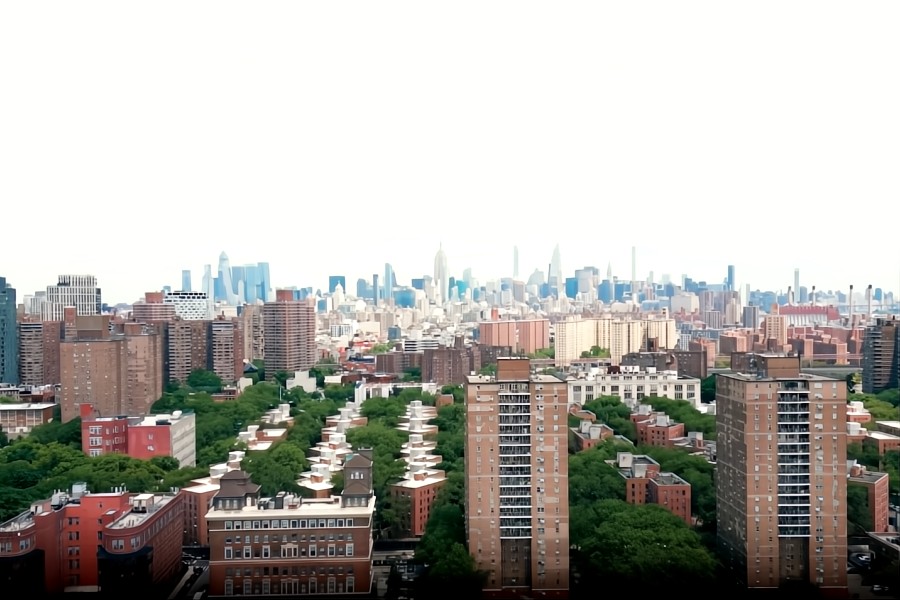 Climate change has been associated with a lot of stress, fear about damages, and the threat of potential illness.
Climate change has been associated with a lot of stress, fear about damages, and the threat of potential illness.
Now, a new study conducted by researchers from the American Geophysical Union explored the risk that natural disasters pose to structures across the U.S.
They explained that events like hurricanes, tornadoes, and earthquakes are likely to become more frequent because of climate change. Unfortunately, that puts buildings in hotspots across the country at risk of damage and destruction.
“We know that climate change is increasing the risk of damage from some natural hazards,” said researcher Virginia Iglesias. “But are losses also increasing because of the way that we are developing our cities, our towns?”
How climate change and infrastructure are impacting the U.S.
For the study, the researchers used data from Zillow to determine areas around the country that are the most susceptible to natural disasters.
They also built maps detailing where natural disasters typically strike and analyzed land development data to see how building and infrastructure could play a role.
The team learned that nearly 60% of structures in the country are located in places where natural disasters are common, which puts them at an increased risk for damage or destruction.
Though some safeguards are in place to protect these buildings, construction in these vulnerable areas continues to be on the rise.
This means that more and more structures are put at risk in the event of a natural disaster.
As global temperatures continue to rise and other climate change-related factors steadily increase, natural disasters are likely to become more prevalent.
Areas that are prone to events like floods, tornadoes, or earthquakes are likely to experience them more often, which is likely to impact the integrity of millions of buildings.
The researchers believe that building and development trends may also increase the risk of structural damages across the country in different ways.
In rural areas where tornadoes and wildfires are more common, the expansion of existing buildings puts structures at a greater risk of damage.
In more established urban areas, the volume of buildings and their close proximity to each other is the primary problem.
Related: Harlem’s Dr. Falkowski Talks 2100 Harlem Mega Flood And Nobel Prize On The Danny Tisdale Show
Moving forward, the researchers hope that both legislators and developers take these findings into consideration.
Both climate change and development trends need to be taken into consideration when considering the safety of buildings in the U.S.
“Vulnerability matters,” said Iglesias. “There’s evidence that natural disasters exacerbate socioeconomic inequality. If we want to make decisions that effectively increase the ability of communities to cope with natural hazards, we need to know where vulnerable populations live, and the specific hazards they’re exposed to.”
Become a Harlem Insider!
By submitting this form, you are consenting to receive marketing emails from: . You can revoke your consent to receive emails at any time by using the SafeUnsubscribe® link, found at the bottom of every email. Emails are serviced by Constant Contact







